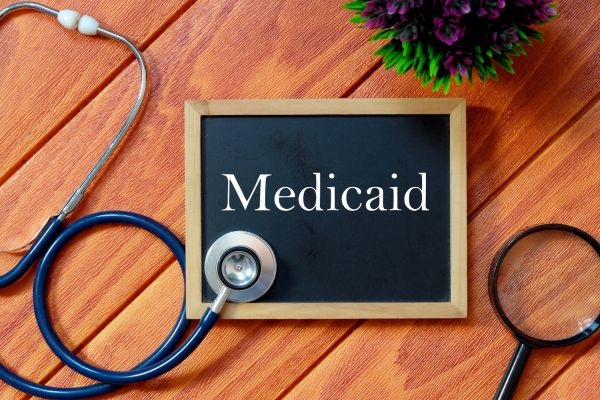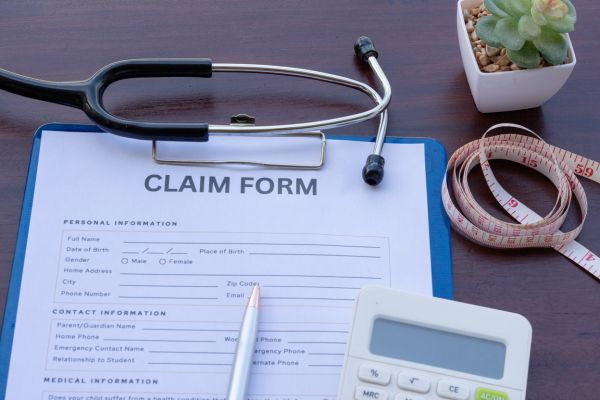If you’ve ever wondered what is Medicaid and why it comes up so often in healthcare conversations, you’re not alone. Let’s be real—health insurance in the United States can feel like a maze, and Medicaid is one of those terms that floats around but isn’t always explained clearly. The thing is, Medicaid isn’t just another government program sitting in the background. For millions of people, it’s the difference between getting medical care and going without it.
So, let’s break it down in a way that actually makes sense—no stiff, jargon-filled policy talk here. By the end of this article, you’ll have a clear picture of what Medicaid is, who it helps, and why it’s so important.
Understanding the Basics: What is Medicaid?
At its core, Medicaid is a government health insurance program designed to help people with limited income and resources get access to healthcare. Think of it as a safety net. While private insurance often comes with high monthly premiums, deductibles, and confusing rules, Medicaid is there to make sure low-income families, children, seniors, and people with disabilities can still see a doctor when they need to.
Here’s the key part: Medicaid is funded jointly by the federal government and individual states. That means the rules aren’t exactly the same everywhere. States have flexibility to run their own versions of Medicaid, which is why the program in, say, California might look a little different from the program in Texas.
Who Qualifies for Medicaid?
This is the million-dollar question, right? Not everyone can simply sign up for Medicaid. Eligibility depends on factors like income, household size, and sometimes even health conditions.
Generally, Medicaid covers groups like:
- Low-income families and children
- Pregnant women
- Seniors who also rely on Medicare but need extra help
- People with disabilities
- Certain adults without children, depending on state rules
Now, here’s where it gets tricky. Because Medicaid rules vary by state, one person might qualify in one state but not in another. The Affordable Care Act expanded Medicaid in many states, making it available to more adults. But not all states opted in. So, if you’re wondering what is Medicaid in your state, the details might be a little different.
What Does Medicaid Cover?
Coverage is where Medicaid really makes a difference. While private insurance often makes you dig through fine print, Medicaid is pretty straightforward. It typically covers:
- Doctor visits and routine check-ups
- Hospital stays
- Prescription medications
- Prenatal and maternity care
- Long-term care (like nursing homes)
- Preventive services, such as vaccines and screenings
States also have the option to add extra benefits. For example, some states cover dental care or vision services under Medicaid, while others don’t. That’s why two people in different states can both be on Medicaid but have slightly different benefits.
Medicaid vs. Medicare: Clearing the Confusion
Okay, here’s where people often get mixed up. Medicaid and Medicare are not the same thing, though they sometimes overlap.
- Medicare is primarily for seniors (65+) and some younger people with disabilities, regardless of income.
- Medicaid is based on income and need, not just age.
Some individuals actually qualify for both. These people are called “dual eligibles,” and they get a combination of benefits that cover things one program might miss.
So, if you’re trying to keep the two straight, just remember: Medicare = age/disability. Medicaid = income/need.
The Real-Life Impact of Medicaid
It’s easy to talk about programs in abstract terms, but let’s bring it down to real life. Imagine a single parent working two jobs to make ends meet. Health insurance from their employer might be too expensive, but without it, even a basic doctor’s visit could cost hundreds of dollars. Medicaid steps in and makes sure that parent’s kids can still get check-ups, vaccines, and emergency care without the crushing bills.
Or think about seniors in nursing homes. Many rely on Medicaid to cover long-term care costs that Medicare doesn’t handle. Without Medicaid, families would be on the hook for thousands of dollars every month.
That’s the thing about Medicaid—it’s not just policy on paper. It’s real healthcare for people who otherwise might not have any.
Why Medicaid Matters in Today’s World
Healthcare costs aren’t exactly going down. If anything, they’re rising faster than most people’s paychecks. Medicaid plays a critical role in bridging that gap. It ensures that access to care isn’t limited to just those who can afford pricey insurance plans.
On top of that, Medicaid supports hospitals, clinics, and providers by making sure they’re compensated for serving patients who wouldn’t otherwise be able to pay. Without Medicaid, many local hospitals—especially in rural areas—would struggle to keep their doors open.
And here’s another angle: healthier people mean healthier communities. Preventive care covered by Medicaid reduces the chance of major health crises later on, which ultimately saves the system money.
Common Misconceptions About Medicaid
There are a lot of myths floating around, and they make it harder for people to understand the truth. Let’s clear up a few.
- “Medicaid is only for people who don’t work.” Wrong. Plenty of Medicaid recipients are working individuals who just don’t earn enough to afford private insurance.
- “It’s the same everywhere.” Nope. Each state sets its own rules, so benefits and eligibility can differ widely.
- “Medicaid equals low-quality care.” Not true. While some providers don’t accept Medicaid, millions of doctors and hospitals do. The quality of care depends more on the provider than the insurance card in your wallet.
How to Apply for Medicaid
If you’re wondering whether you qualify, the best step is to apply. You can usually do this through your state’s Medicaid office or healthcare.gov. The application will ask about income, household size, and personal details to determine eligibility.
The process can feel a little tedious—lots of paperwork, some waiting around—but don’t let that stop you. Many people who assume they won’t qualify are actually surprised when they do.
Wrapping It All Up
So, what is Medicaid? At the simplest level, it’s a government program that ensures people with limited income can still access healthcare. But in reality, it’s much more than that. It’s the reason millions of families can go to the doctor, seniors can stay in nursing homes, and kids can get the vaccinations they need to grow up healthy.
The next time you hear someone ask, what is Medicaid, you’ll know it’s not just another acronym in the healthcare jungle. It’s a lifeline—an essential piece of the system that keeps people from falling through the cracks.
And honestly, in a country where medical bills can be overwhelming, that kind of lifeline is something worth understanding, appreciating, and protecting.


